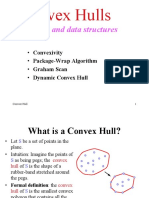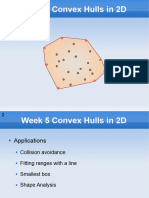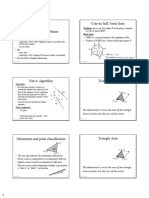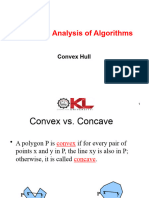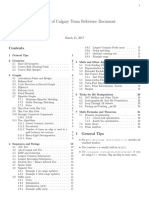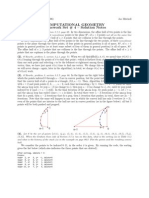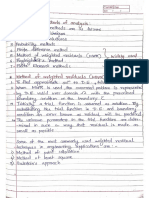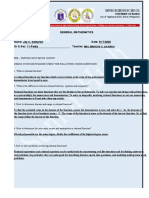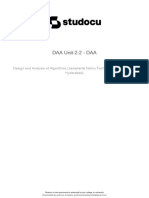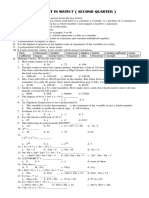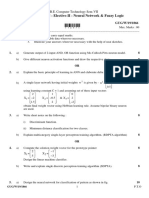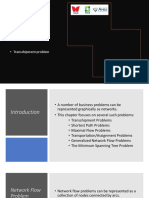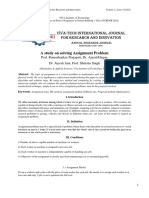0% found this document useful (0 votes)
66 views41 pagesG10 - Graham Scan Algorithm (Convex Hulls)
The Graham Scan algorithm is a computational geometry technique for finding the convex hull of a set of points in a 2D plane, introduced by Ronald Graham in 1972. The algorithm sorts points by polar angles and constructs the convex hull efficiently with a time complexity of O(n log n). Applications include geographic mapping, pattern recognition, game development, robotics, and data clustering.
Uploaded by
zanatulferdousriniCopyright
© © All Rights Reserved
We take content rights seriously. If you suspect this is your content, claim it here.
Available Formats
Download as PDF, TXT or read online on Scribd
0% found this document useful (0 votes)
66 views41 pagesG10 - Graham Scan Algorithm (Convex Hulls)
The Graham Scan algorithm is a computational geometry technique for finding the convex hull of a set of points in a 2D plane, introduced by Ronald Graham in 1972. The algorithm sorts points by polar angles and constructs the convex hull efficiently with a time complexity of O(n log n). Applications include geographic mapping, pattern recognition, game development, robotics, and data clustering.
Uploaded by
zanatulferdousriniCopyright
© © All Rights Reserved
We take content rights seriously. If you suspect this is your content, claim it here.
Available Formats
Download as PDF, TXT or read online on Scribd
/ 41










